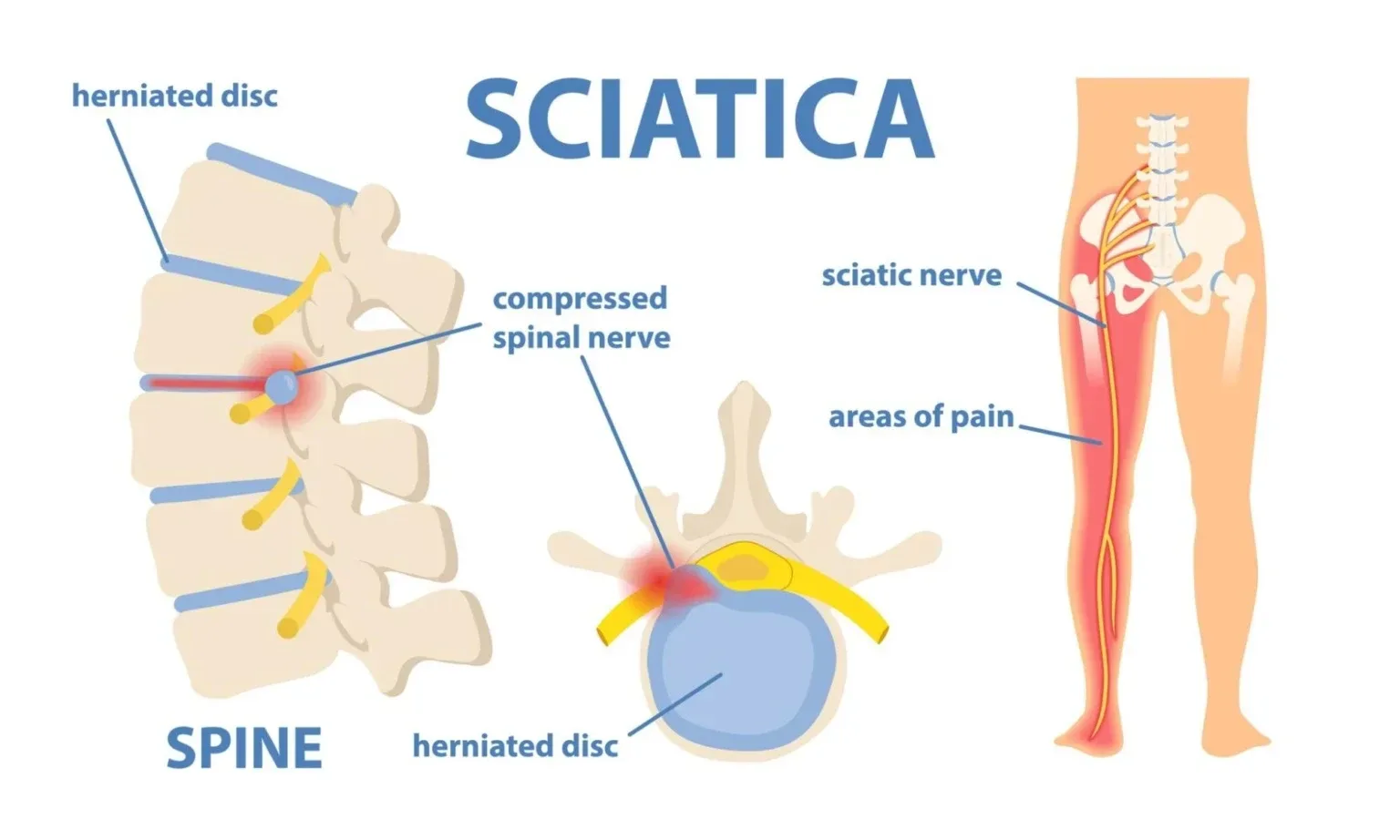
Sciatica is a common condition that affects millions of people worldwide. It is characterised by pain, numbness, or weakness in the leg, often radiating from the lower back down through the buttock and into the leg. The pain can be mild or severe and may worsen with specific movements or positions.
Sciatica is caused by irritation or compression of the sciatic nerve, the longest and widest nerve in the body. The nerve begins in the lower back, runs through the buttock, and branches down the back of each leg. Sciatica typically affects only one side of the body at a time.
The most common symptoms of sciatica include:
Sciatica can be caused by several factors, including:
Treatment for sciatica depends on the underlying cause and severity of the condition. In most cases, sciatica can be managed with self-care measures and conservative treatments, such as:
In severe cases or when conservative treatments are ineffective, more invasive treatments may be necessary, such as:
While sciatica cannot always be prevented, several measures can reduce the risk of developing the condition, such as:
If you suspect sciatica, it is essential to consult with a healthcare professional for an accurate diagnosis and appropriate treatment plan. With proper care and management, most people with sciatica can find relief from their symptoms and prevent future episodes.